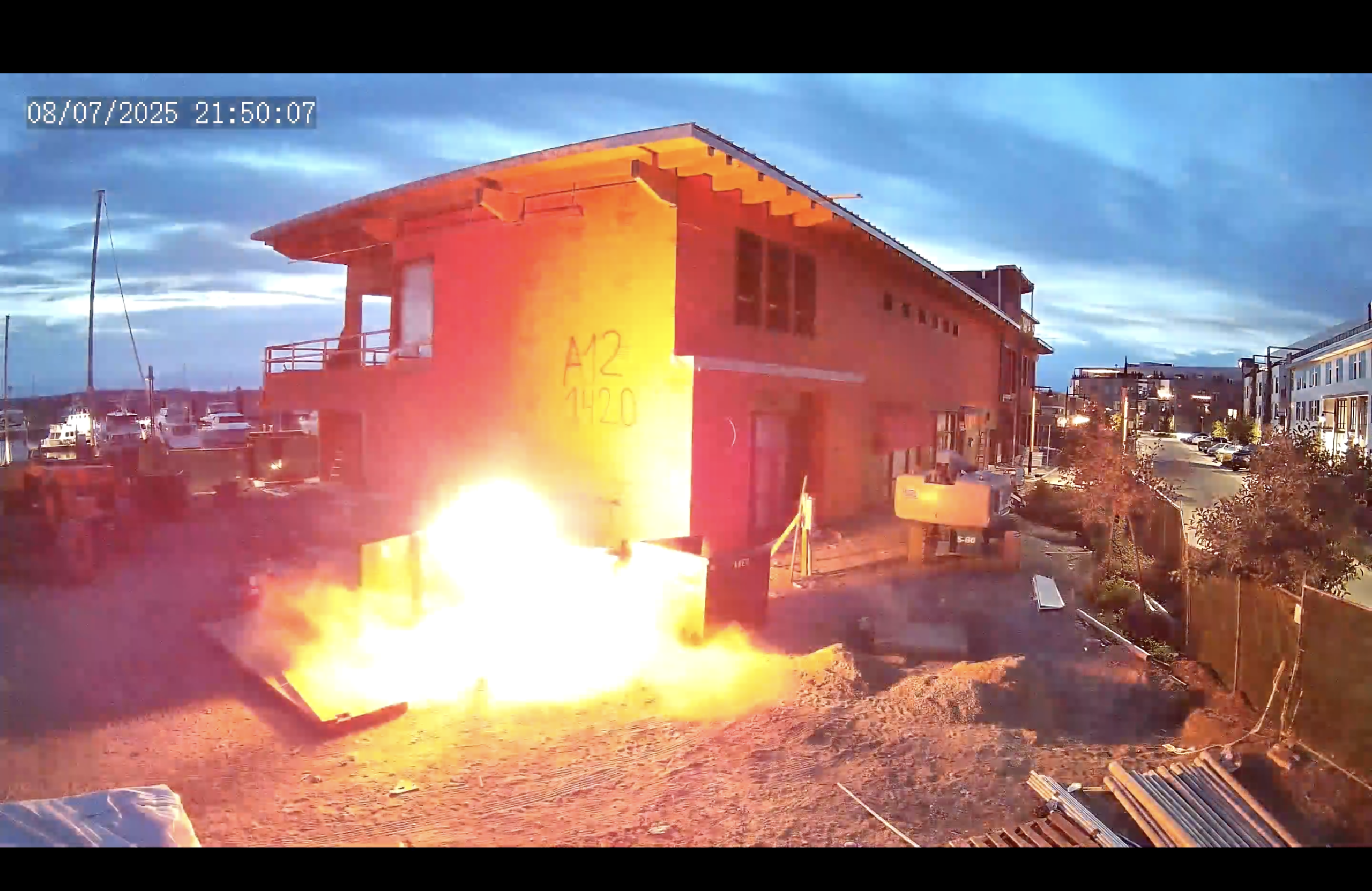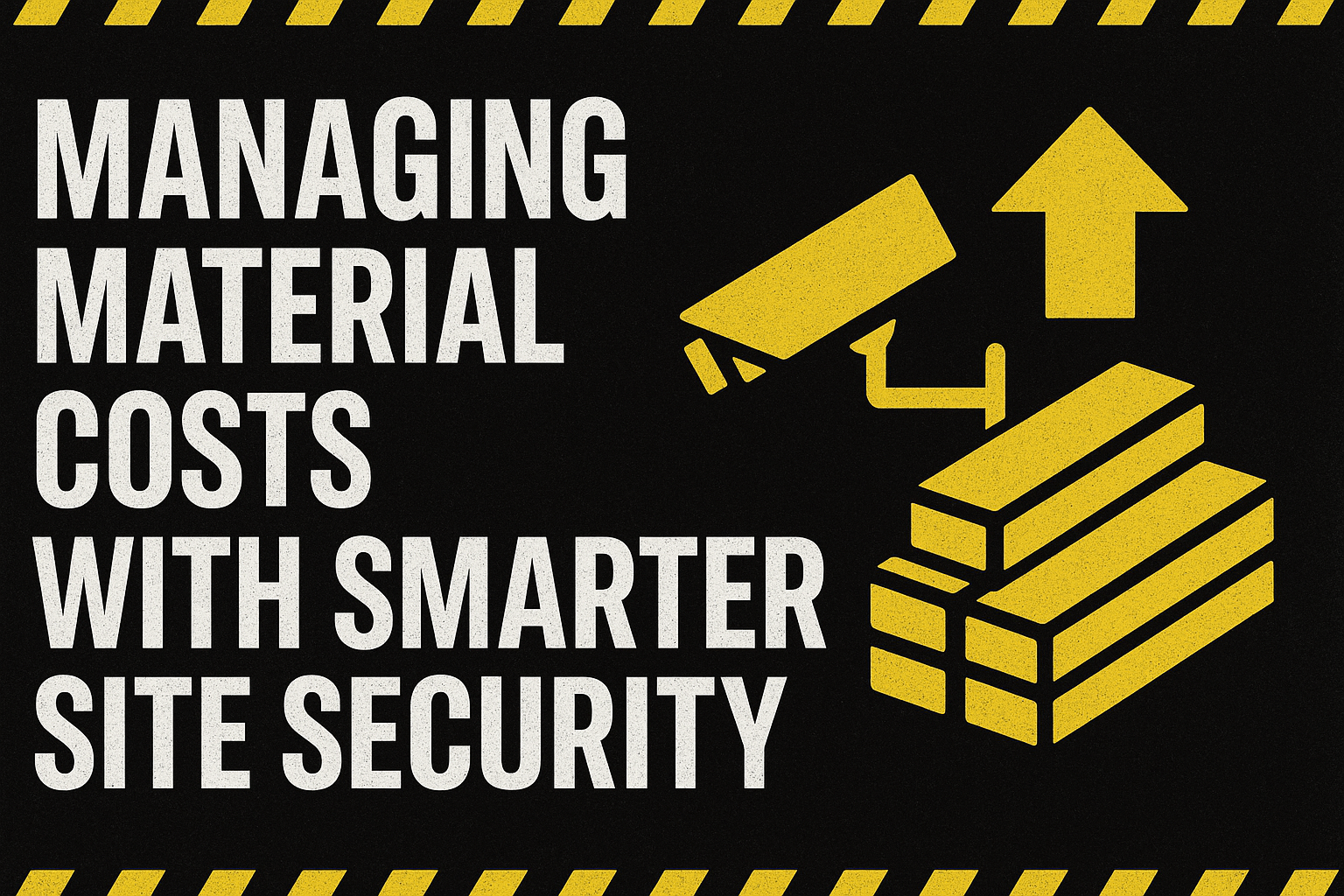Or, Why You Don’t Want a Clown Wrapped in Caution Tape to Be Your First Responder
How to Build a Safer Jobsite Before You Even Break Ground
No matter how tight your safety protocols or how seasoned your crew, the unexpected will happen on a construction site.
Maybe it’s a gas leak.
Maybe it’s a freak windstorm flipping your porta-potty into the neighbor’s pool.
Maybe—just maybe—it’s a rogue clown sprinting across the jobsite wrapped in caution tape.
Whatever it is, your best defense isn’t hope. It’s a well-thought-out Emergency Response Plan (ERP) that doesn’t just check a compliance box—it actually works when the chaos hits.
Here’s how to build one that’s actually useful.
1. Start with a Site-Specific Risk Assessment
Every site is different. Don’t copy/paste your ERP from the last job unless that job also had uneven terrain, a nearby beehive, and a backhoe operator named Doug who “likes to freestyle.”
Take time to walk the site before ground is broken and look for risks:
- Project type (residential, commercial, industrial)
- Environmental hazards (flood zones, wildfire areas, earthquake faults)
- Distance to emergency services
- Presence of flammables, chemicals, or heavy machinery
Pro tip: Ask your subs and labor leads what they’re worried about. They’ll mention things you didn’t see—and probably a few you wish you hadn’t.
2. Define the “What Ifs”
This is your jobsite’s version of Murphy’s Law. What could go wrong? Probably will. Plan for it.
Have simple, readable protocols ready for things like:
- Medical emergencies (heatstroke, falls, heart attacks)
- Fires
- Structural collapse
- Hazardous material spills
- Intrusion or theft
- Equipment failure
- Weather that turns your trench into a swimming pool
You don’t need a binder thicker than the concrete specs. You need something everyone can follow—fast.
3. Establish a Communication Tree
Who’s in charge when it hits the fan?
Lay it out—clearly:
- Incident commander (usually the super)
- Safety officer
- First-aid lead
- Project manager or GC contact
This is not the time to rely on that group text you titled “Jobsite Vibes.” Cell service drops, batteries die. Radios and offline backups exist for a reason. Use them.
4. Train Like It’s Real (Because One Day It Will Be)
No one remembers the fire drill you ran six months ago when there’s actual smoke in the sky.
Practice regularly. Make drills part of your safety rhythm. Go beyond “stop, drop, and shrug.”
Train on:
- Evacuation routes
- Fire extinguisher use (pull, aim, squeeze, pray)
- First aid + CPR
- Lockout/tagout
- Reporting hierarchy
Include everyone—subs, temp workers, even the guy who only shows up for concrete pours. Emergencies don’t check job titles.
5. Stock the Right Gear (And Know Where It Is)
Here’s what should be easy to find (and not buried under drywall scraps):
- First aid kits (stocked and not expired)
- Fire extinguishers
- Spill kits
- AED units
- Flashlights and radios
- Emergency contact boards
Map it out like a treasure hunt—but less fun and more life-saving. Post it where it’s visible and consider adding a QR code that opens the site’s emergency map on mobile.
6. Make Incident Reporting Frictionless
If your team needs a college degree and 15 minutes to report an incident, you’re doing it wrong.
Use:
- A simple paper or mobile form
- Clear, consistent criteria
- A system that rewards transparency instead of punishing mistakes
When something goes wrong, you want the story—not silence. Every incident is a data point that helps you do better next time.
7. Review and Update Often
Your ERP isn’t a one-and-done deal. Construction is fluid. Every time the site layout changes or a new trade shows up, your plan needs a check-in.
Update your ERP:
- At project start
- After any incident or near miss
- After layout changes
- At key milestones
Even moving the muster point 100 feet could change everything in an emergency.
In Summary: Plan Hard So You Don’t Panic Harder
Emergency plans aren’t about paperwork. They’re about keeping people alive when everything goes sideways.
Whether it’s a clown in a hard hat or a real structural emergency, your crew should know exactly what to do—and that only happens if you build the plan, practice it, and keep it alive.
Want a head start?
We’ve got a plug-and-play Emergency Response Plan Template built for real jobsites—not just legal checklists.
We use it ourselves. You can too.
Because when the whole industry gets safer, we all win. (Even the clown.)





